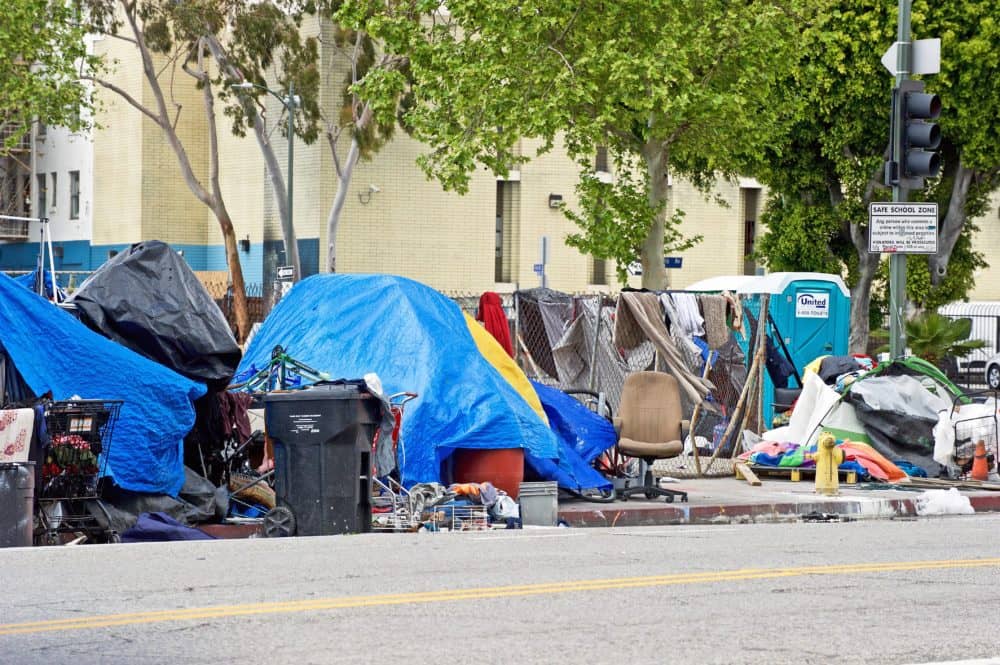
homeless
Marin County Public Health’s Vehicle Count Report, released this week, shows that the number of people living in cars and recreational vehicles has nearly doubled since 2019, reversing a decrease from 2017.
Typically, Marin counts all people experiencing unsheltered homelessness in January of odd-numbered years. However, due to the COVID-19 pandemic, the County delayed the 2021 count until 2022. The decision was made with a heavy consideration for public safety, for both the unhoused in Marin and the teams that count them.
In place of the Point in Time Count, Marin conducted a count of vehicles only.
“We know that people in Marin are concerned about the number of unhoused people they’re seeing; we are also concerned about an increase in homelessness from a pandemic that has disproportionately affected those with the fewest resources,” said Carrie Sager, Homelessness Programs Coordinator for Marin County Department of Health and Human Services (HHS). “This vehicle count was one step in trying to ascertain the extent of that need.”
Outreach teams and police patrols conducted a visual, no-contact count on one night using a process that kept vehicles from being double-counted. For vehicles where the number of people inside wasn’t evident, a multiplier based on average vehicle occupancy was used. The count found 486 people living in 381 vehicles, a 91% increase over 2019.
Because people experiencing homelessness are not evenly distributed between living situations, and living in a vehicle is often the first place people go when they become homeless, the 91% increase in people living in vehicles does not equal a 91% increase in homelessness overall. However, it does indicate some level of new homelessness in Marin.
“The increase in people living in vehicles is sobering, as is the knowledge that this number would be even higher without the actions we’ve taken to prevent homelessness, like the eviction moratorium and rental assistance program,” said Ashley Hart McIntyre, HHS Homelessness Policy Analyst. “We have already launched new programs and additional resources designed to get people back into housing, including two new outreach teams and more than $3 million in Rapid Rehousing rental assistance and case management.”
The County’s response to the increase is centered in its commitment to Housing First, a proven solution for homelessness and the source of Marin’s past progress in decreasing homelessness. In 2019, Marin was one of only three Bay Area counties to record a decrease in homelessness, including a 28% decrease among those who had been homeless for more than a year and had a disabling condition.
Marin’s homeless system of care has housed 320 people in permanent supportive housing since October 2017, and the rate of housing placements has increased by 46% since the start of the pandemic. The County will continue to work with its nonprofit partners, the cities and towns, and other stakeholder groups to bring permanent housing solutions to those who are newly homeless.
The spirit of collaboration was evident during the vehicle count. The County thanks those who participated in count planning, the service providers who supported the process of homeless peer enumeration by recruiting count workers, and all individuals who participated in the count itself. Special thanks go to Community Action Marin, Downtown Streets Team, the San Rafael Police Department, the Novato Police Department, the Sausalito Police Department, the Mill Valley Police Department, the Central Marin Police Authority, the Fairfax Police Department, and the Marin County Sheriff’s Office for their assistance.



